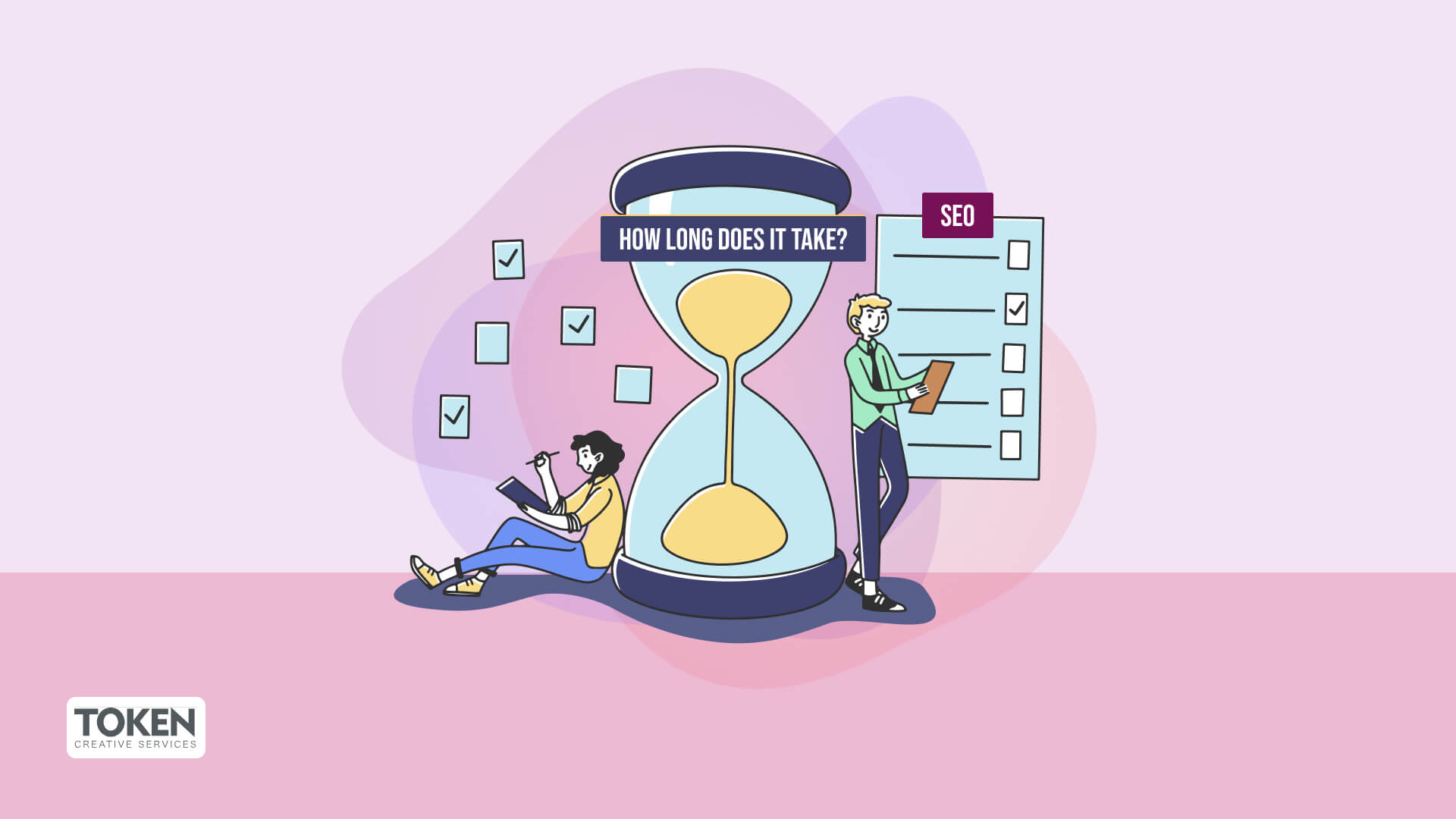
In today's digital landscape, online store SEO is a essential aspect of running a profitable internet store. With Google and Bing being the primary source of traffic for most eCommerce businesses, enhancing your website for SEO can significantly influence your reach, sales, and overall expansion. According to BrightEdge, over 53% of all website traffic comes from natural search, making it crucial for digital retailers to prioritize SEO strategies that improve rankings and increase conversions. This guide will walk you through eCommerce SEO methods, best approaches, and practical data findings to help your store thrive in a crowded landscape.
Understanding Online Store SEO and Its Importance
SEO for eCommerce sites goes beyond basic website optimization. It involves enhancing item listings, collections, and the overall website architecture to boost rankings and UX. According to Moz, the top-ranking sites on Google receive 31.7% of all traffic, while lower-ranked listings receive considerably less exposure. By implementing an effective online store SEO plan, businesses can drive organic traffic and reduce reliance on advertising-based advertising.
Key eCommerce SEO elementsinclude keyword analysis, site optimization, structured data, loading performance, and mobile-friendliness. Google’s mobile-prioritized ranking further emphasizes the importance of enhancing for mobile-friendly stores, as over 72.9% of eCommerce transactions now come from smartphones and tablets (Insider Intelligence).
Keyword Research: The Backbone of eCommerce SEO
Proper eCommerce keyword analysis is essential for ranking higher in search listings. By finding the right search terms, businesses can target prospective buyers at different stages purchase journey of the buying journey.
Steps for Effective Keyword Discovery:
Identify Buyer Intent Keywords: Use platforms like Google Keyword Planner, Ahrefs, and SEMrush to find high-converting transactional search queries (e.g., "buy running shoes online").
Leverage Specific Keywords: Search terms like "best running shoes for flat feet" often have lower competition and better purchase likelihood.
Analyze Rival Keywords: Tools like SpyFu and Ubersuggest help uncover search terms that drive visitors to competitor sites.
Optimizing Item and Collection Pages for SEO
Item and collection listings play a vital role in eCommerce SEO. Optimizing these sections ensures better rankings and a smoother customer journey.
Best Methods for Item Page SEO:
Use Unique Product Descriptions: Avoid duplicate text by crafting custom descriptions.
Optimize Headings & Meta Descriptions: Incorporate main keywords while keeping them engaging and to-the-point.
Add High-Quality Images with Descriptions: Enhances SEO ranking and enhances user experience.
Internal Linking: Guide customers and crawlers to relevant items and collections.
Enhance Your ECommerce Sales with Professional SEO
Having trouble to boost your position and Token Creative Services drive more traffic to your eCommerce site? Token Creative Services specializes in eCommerce SEO that enhances search presence, connects you with buyers, and turns visitors into customers.
Stand out in search. Grow your revenue. Get ahead.
Reach out now for a results-driven SEO plan that delivers real results.
Conclusion
eCommerce search engine algorithms SEO is a long-term effort that requires strategic planning, implementation, and patience. By following best practices, improving item and category listings, and concentrating on technical SEO, digital retailers can achieve long-term expansion. As search engine algorithms continue to evolve, remaining informed with the latest digital SEO developments is essential.
Are you prepared to take your eCommerce business to the higher stage? Start optimizing today.
Comments on “The Ultimate eCommerce SEO Guide: Strategies, Tricks & Best Practices for Online Growth”